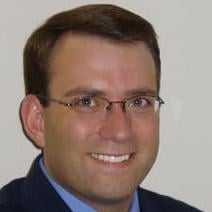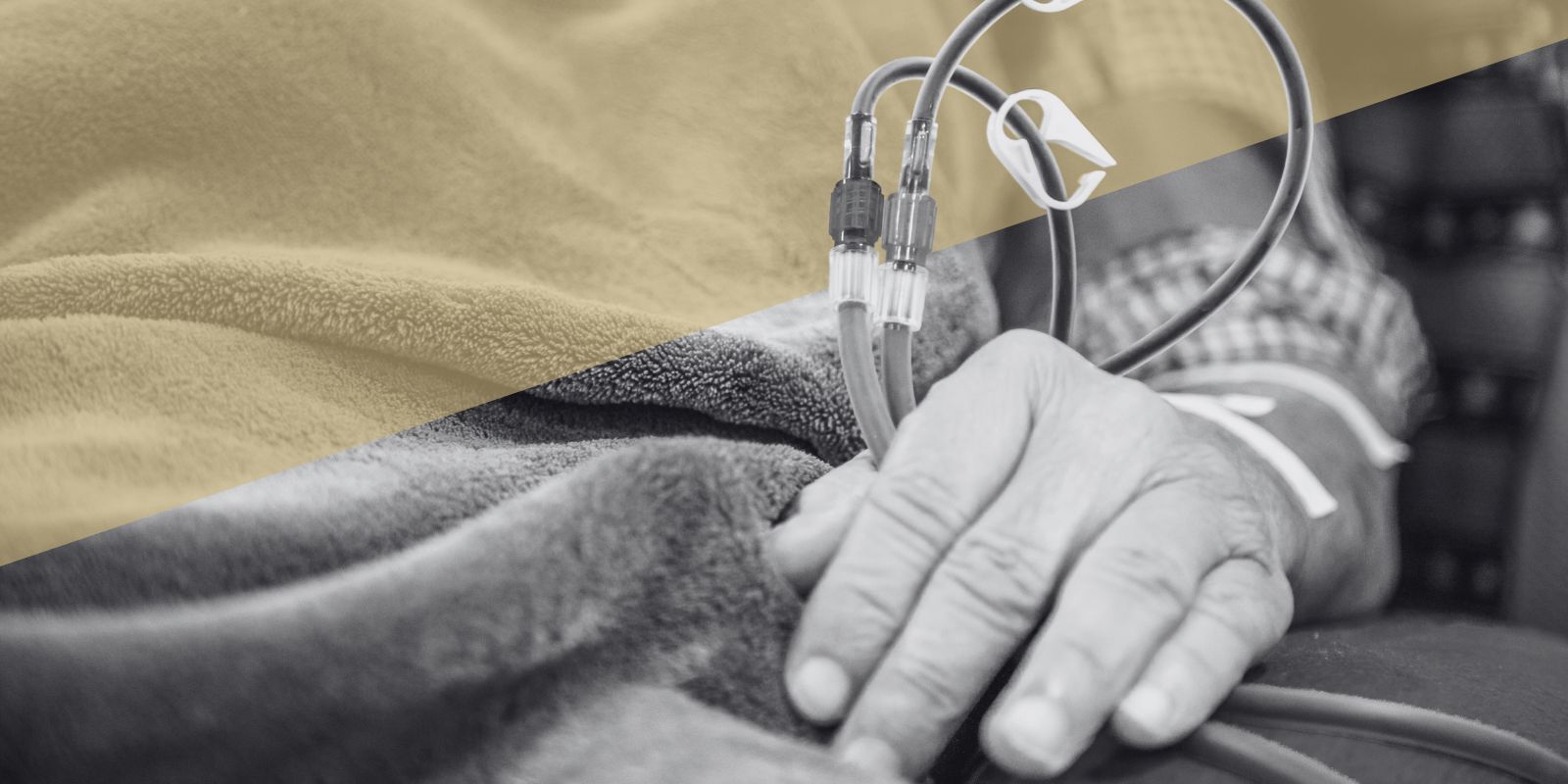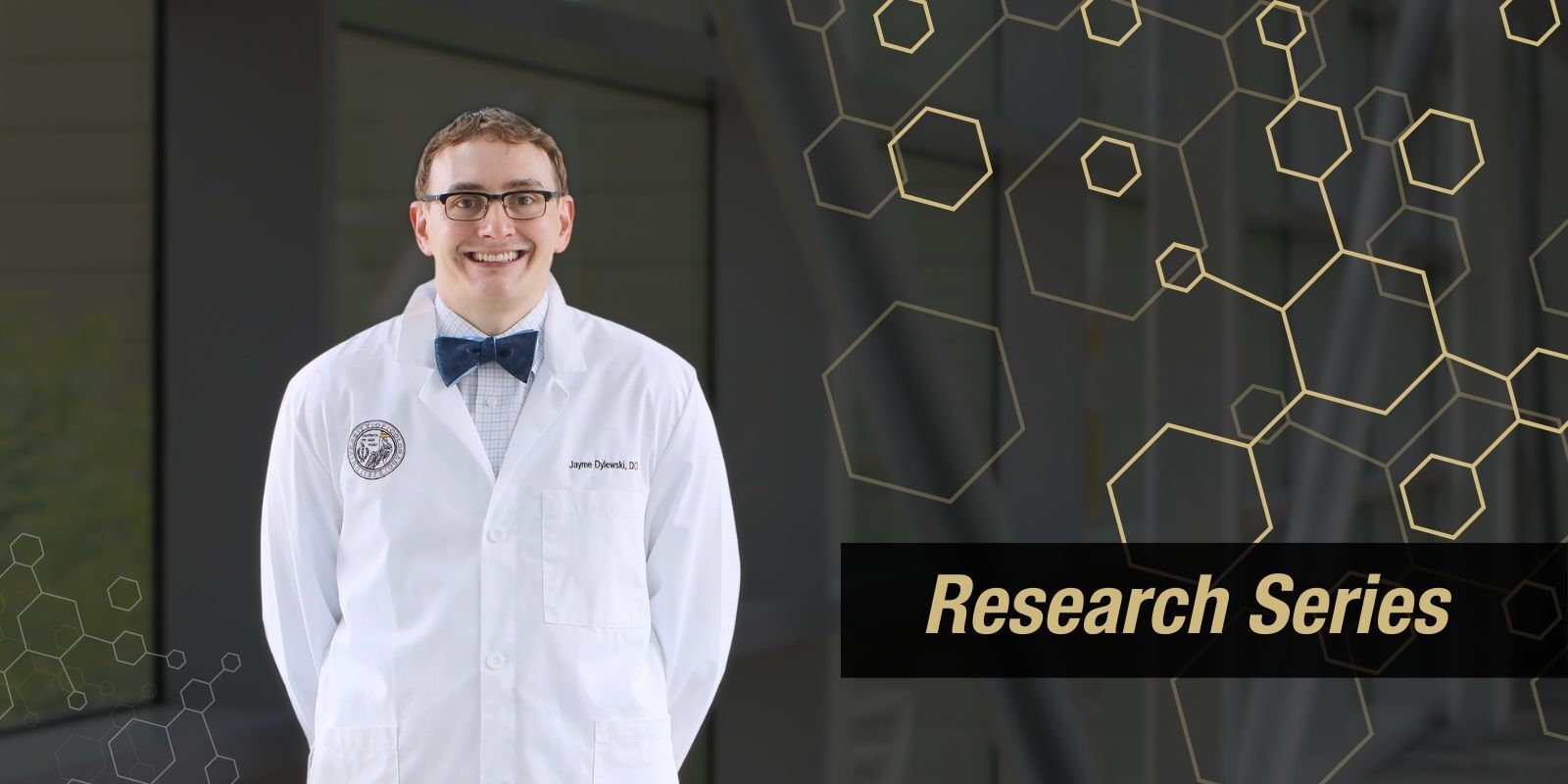For members of medically underserved populations, dermatology has been a challenging specialty to access due to a lack of expertise among providers in treating specific conditions, the costs of care, and the uneven location of dermatology clinics.
The CU Medicine Dermatology clinic in Aurora, staffed by physicians and nurse practitioners from the University of Colorado School of Medicine, was established two years ago to address the disparities in care provided to underserved communities, explains clinic medical director Whitney High, MD.
“The idea behind it was to expand our clinical operations,” says High, a professor of dermatology, “and to offer more dermatologic care to people who wouldn’t normally have easy access to dermatology. We wanted to have a freestanding clinic that could support and sustain itself and could be dedicated to people who don’t usually have immediate access to dermatologic care under all circumstances.”
Treating patients of color
Located across the street from the Town Center at Aurora Mall, near the intersection of Interstate 225 and Alameda Avenue, the clinic is one of the few freestanding dermatology practices in metro Denver that accepts Medicaid patients. It specializes in treating patients of color, for whom most skin conditions present differently than they do with white patients.
These conditions include keloids, excessive scar tissue that forms uncomfortable, smooth, hard growths on the skin; melasma, a pigment disorder that causes brown patches on the face; and vitiligo, a loss of pigment that turns skin white and is more noticeable on darker skin.
For patients of color, High says, "it's easier to see vitiligo, and the condition can be more damaging on a psychosocial level. It can really affect a person's quality of life."
Serving the transgender population
The clinic also has a following among transgender individuals seeking hair removal services while preparing for gender-reassignment surgery.
It’s a procedure that can be costly if done at storefront electrolysis or laser-hair-removal salons, High says, but because hair removal is covered by Medicaid, the clinic provides a lower-cost option.
“Our clinic is very unique in that way, and that’s very important,” High says. “There is a huge demand for that service from a government payer instead of out-of-pocket.”
Additionally, the CU School of Medicine received a grant from the Colorado Department of Health Care Policy and Financing to further subsidize electrolysis treatment.
“It's no small activity,” says Kyle Osborn, interim director of finance and administration for the Department of Dermatology. “It can take a patient a year to a year and a half of weekly 30- to 60-minute sessions to be ready for surgery. And there's a whole gamut of preparation where they have to have medical referral of gender dysphoria and letters of recommendation from mental health providers, they have to show that family, work and friends are aware of their transition, and they have to have have gone through 12 months of hormone therapy — there’s a whole checklist to make sure that these patients are going to be successful and stick to the regimen before they ever get to our clinic to have hair removal.”
Since it started providing electrolysis in August 2020, the clinic has cleared only one patient for surgery. Clinic staffers are currently treating 29 patients, with 58 more on the waitlist. It’s repetitious work, says High, who recognizes the nurse practitioners performing the procedures.
“It’s hard work for the people undergoing it, in terms of the discomfort, but it’s hard work for the person doing it as well,” he says. “And we are very appreciative of the people that do it here. We want to recognize how hard our nurse practitioners and staff work to get things done.”
Mission of quality and inclusion
The hard work and care the staff brings to the clinic is evident to the patients as well, Osborn says, resulting in high levels of satisfaction and positive feedback.
“Our practitioners take time to talk to the patients. And we hear feedback that that often is lacking elsewhere; people feel like their providers aren’t taking enough time with them,” Osborn says. “These are patients with special needs that maybe had a hard time getting into the system, but now they’re in the system, and they’re getting good care.”
For High, who did his residency at University of Texas Southwestern Medical School in Dallas, the clinic is part of a personal mission to offer quality care to all persons.
“Where I trained as a physician, my patients didn't look like me,” he says. “Similarly, at our clinic in Aurora, we see different skin colors and other [conditions] that are different from what we see in our other clinics. That's good for our trainees, it’s good for our patients, it’s good for everyone.”




